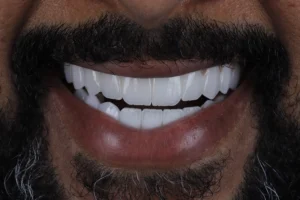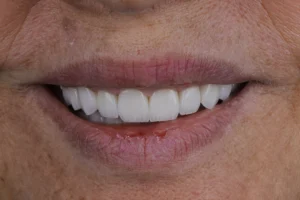Face contouring refers to cosmetic procedures and techniques aimed at enhancing the shape, structure, and balance of facial features. Here’s an overview of face contouring methods:
Purpose:
Face contouring is used to:
- Enhance Facial Proportions: Improve the balance and symmetry of facial features.
- Define Facial Contours: Enhance or define specific areas such as the cheeks, jawline, chin, and temples.
- Achieve Youthful Appearance: Address signs of aging by restoring volume and contour lost due to aging or genetics.
Methods of Face Contouring:
- Dermal Fillers: Injectable dermal fillers, such as hyaluronic acid (HA) fillers or collagen stimulators (like calcium hydroxylapatite or polylactic acid), are used to add volume, shape contours, and enhance facial features. They can be used to contour cheeks, jawline, chin, and temples.
- Botox and Dysport: Botulinum toxin injections (Botox, Dysport) can be used to relax muscles that contribute to dynamic wrinkles, such as forehead lines, crow’s feet, and lines around the mouth, thus achieving a smoother and more contoured appearance.
- Fat Transfer: Also known as autologous fat grafting, this procedure involves harvesting fat from one part of the body (usually abdomen or thighs), purifying it, and then injecting it into areas of the face to restore volume and contour.
- Thread Lifts: Non-surgical thread lifts involve using dissolvable sutures to lift and reposition sagging facial tissues, providing subtle lifting and contouring effects.
- Surgical Procedures: For more dramatic and permanent results, surgical options such as facelifts, brow lifts, eyelid surgery (blepharoplasty), and chin augmentation (genioplasty) may be considered.
Procedure:
- Consultation: During the initial consultation, your provider will assess your facial structure, discuss your goals, and recommend the most suitable contouring methods based on your anatomy and desired outcomes.
- Treatment Plan: A personalized treatment plan will be developed to address specific areas of concern and achieve natural-looking results that enhance your facial contours.
- Recovery: Recovery time varies depending on the type of procedure performed. Non-surgical treatments generally require minimal downtime, while surgical procedures may involve a longer recovery period.
Benefits:
- Natural-Looking Results: Enhances facial contours while maintaining facial harmony and natural appearance.
- Customized Approach: Tailored treatments address individual concerns and aesthetic goals.
- Versatility: Various techniques allow for targeted enhancement of specific facial features or overall facial rejuvenation.
Considerations:
- Safety: Procedures should be performed by qualified and experienced providers to minimize risks and achieve optimal results.
- Maintenance: Depending on the procedure, maintenance treatments may be required to sustain results over time.
Before undergoing face contouring procedures, it’s essential to consult with a reputable cosmetic provider who specializes in facial aesthetics. They can evaluate your needs, discuss treatment options, and guide you toward achieving your desired facial contours effectively and safely.





